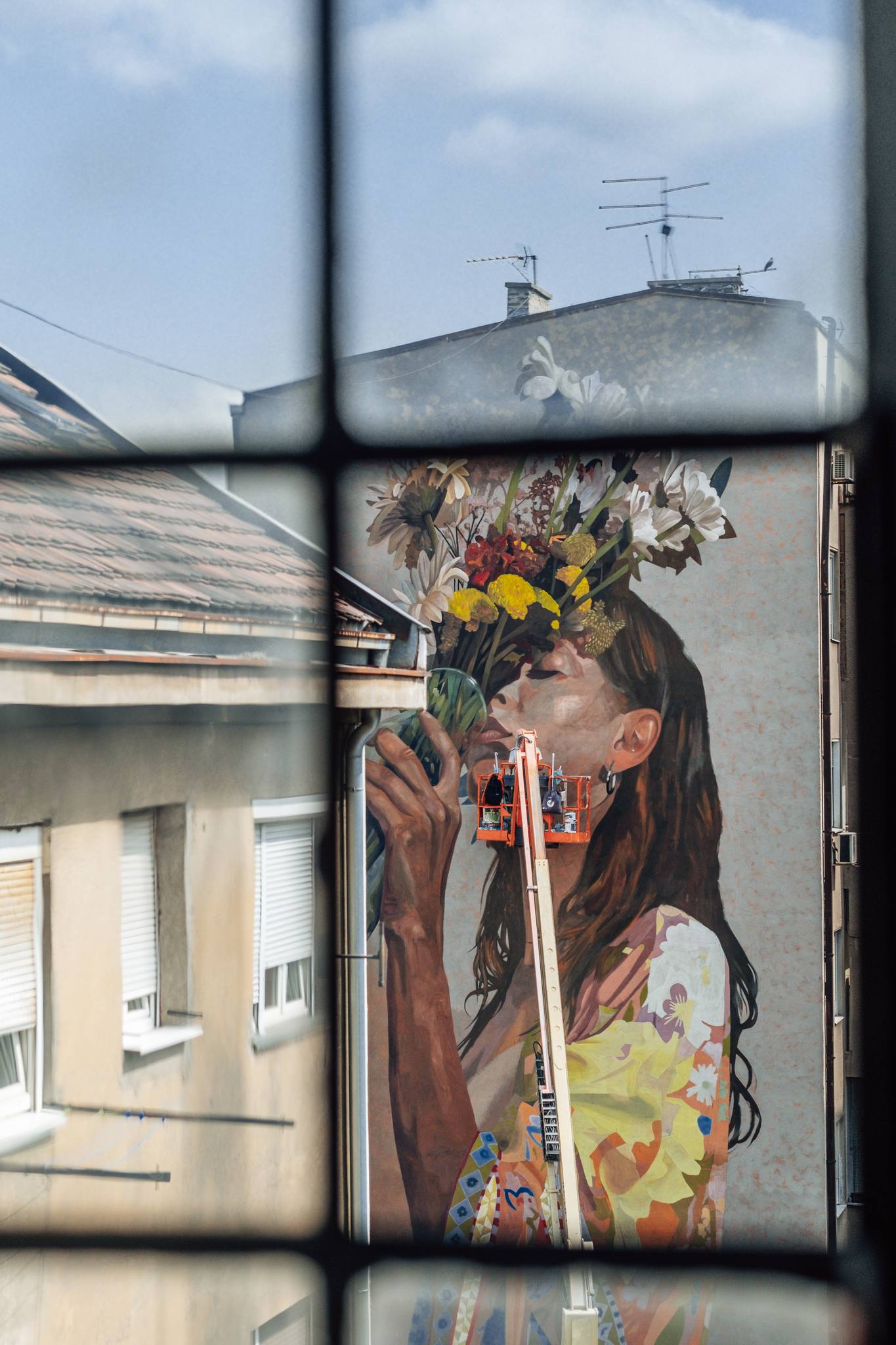
02 Jul PUBLIC UNVEILING OF THE MURAL “THIRST FOR NATURE” BY ANDREJ ŽIKIĆ ARTEZ
On Friday, June 28th, at 6 PM, at Beogradska 44b (Vračar Municipality in Belgrade), we ceremoniously cut the ribbon and revealed to the public the eleventh and final mural, created as part of the civic initiative Free the Streets/Free the People, launched two years ago by the KROKODIL Association.
The mural, which represents a reaction to the chaos of urban living and a reminder of the importance of (re)connecting with nature, was painted by Andrej Žikić – Artez, one of the most prominent local street artists.
The murals, as well as the initiative itself, emerged in response to the enormous amount of aggressive messages and hate speech written on the walls in cities across Serbia. Created in collaboration with local communities, they represent a small contribution to reclaiming public spaces for all citizens and a reminder that the streets belong to all of us, not just to those who are noisy, usurping, and hostile.
The contamination of public spaces is particularly visible in certain Belgrade municipalities. A part of Vračar municipality, in the area of Njegoševa and the surrounding streets, has infamously stood out in recent years for celebrating domestic and foreign war criminals through wall portraits, as well as hate graffiti aimed at ethnic and other minorities. This is why it is important to us that, with the support of residents from Beogradska street, we conclude this initiative by unveiling a mural at this very location.
Within this initiative, ten more murals were painted by the following artists: Anya Gladysheva and Gleb Pushev (Male Stepenice Street, near Branko’s Bridge, Belgrade), Barbara Dimić, Marija Šoln, Goran Todorović, Kerim Mušanović, students of OŠ Olga Petrov (OŠ Olga Petrov, Padinska Skela, Belgrade), Dejan Ivanović – Wuper (Obrenovac, Belgrade), Vuk Đurić – Endo (Čačak), Stefan Jangovski (Kraljevo), and Aleksandra Petković – TKV (Detelinara, Novi Sad).
Artez on the mural in Beogradska Street: “Urban life and the chaos that accompanies it served as the foundation for the concept of this mural. The location itself – Beogradska Street, as one of the busiest roads in the capital, best illustrates the chaos characteristic of an urban environment. By incorporating elements of nature into this context, a juxtaposition was created to engage the observer and divert their attention from everyday thoughts. The portrait of a girl drinking water from a vase filled with flowers speaks of the fundamental human need for nature. She yearns for the energy that only nature can provide, which is so hard to find in an urban setting. This mural invites viewers to take a moment for introspection and connection with nature and draws attention to the importance of preserving nature in urban environments.”
About Free the Streets/Free the People initiative:
The street walls in Serbian cities and towns have long been a battleground for various right-wing and other groups, as well as a platform for promoting their aligned policies. The result of support and the hidden influence of state structures is an urban landscape saturated with drawn messages, stencils, graffiti, and murals that directly incite hatred, malice, narrow-mindedness, racism, sexism, and generally spread various toxic content, creating a society filled with violence, especially among young people.
The aim of the two-year initiative called Free the Streets/Free the People is to influence the change of the aforementioned practices and raise awareness of the harm of chauvinistic and reductive ways of thinking about the past, present, and future, which is dominant in public space. The three main areas of activity are:
- Networking citizens around street art interventions,
- Transforming public spaces,
- Public advocacy with policymakers at local and national levels to change legal solutions regarding the public expression of hate speech.
Photos by Vanja Piroški
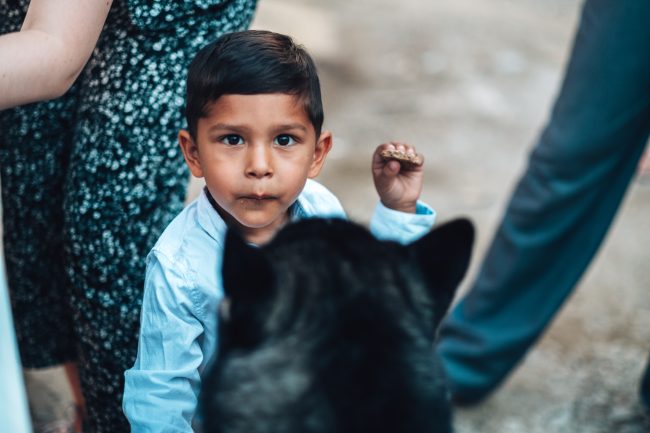
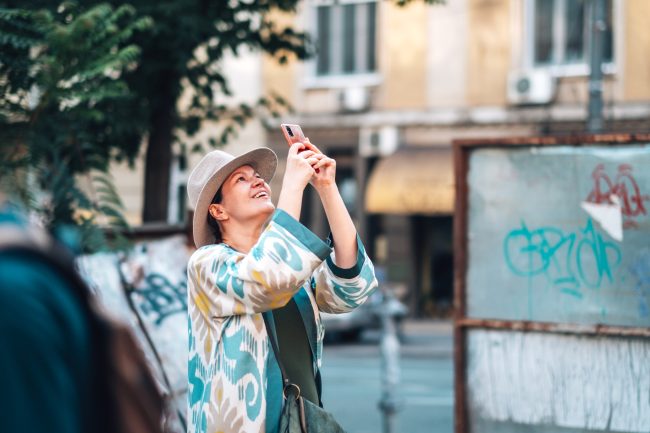
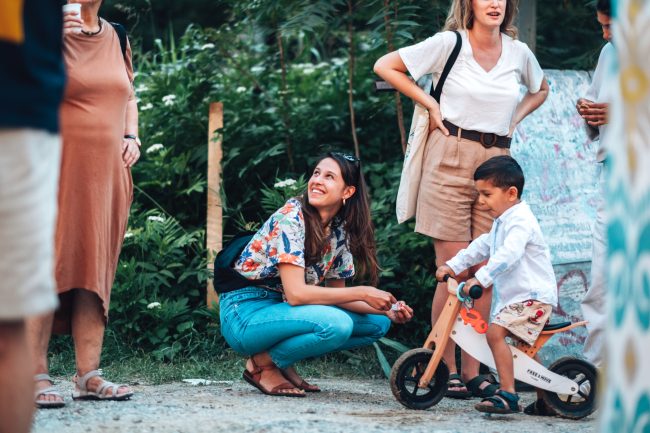
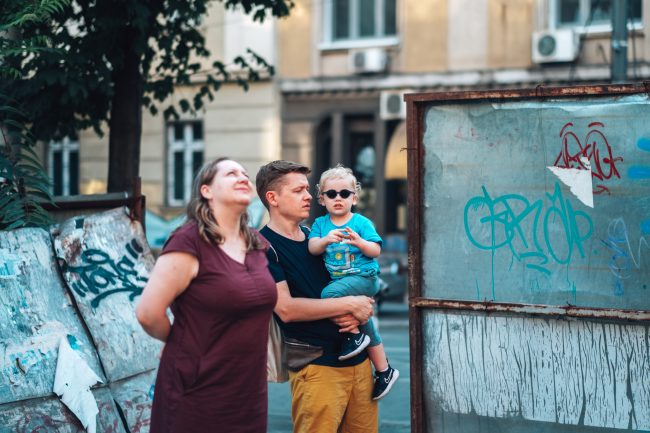
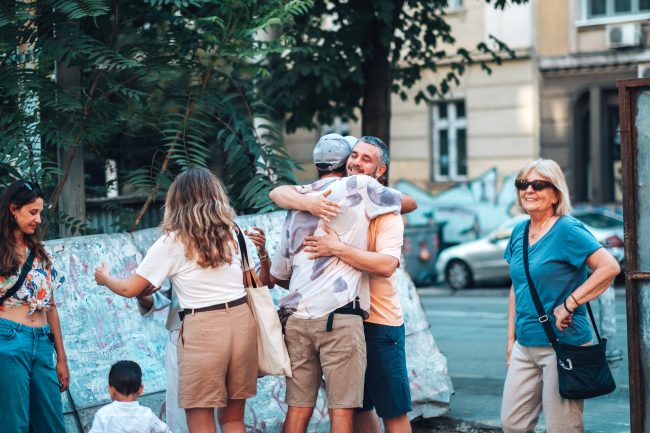
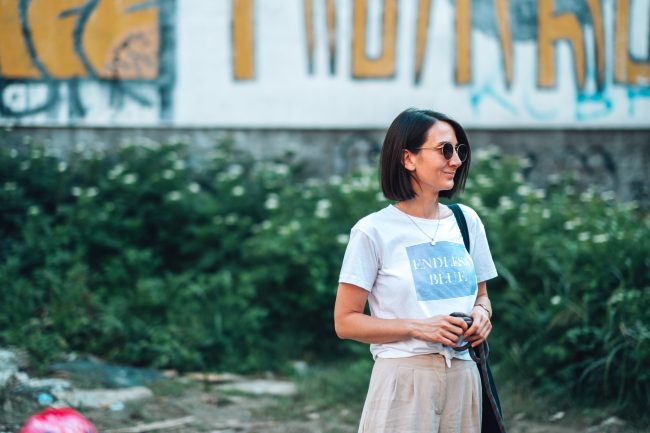
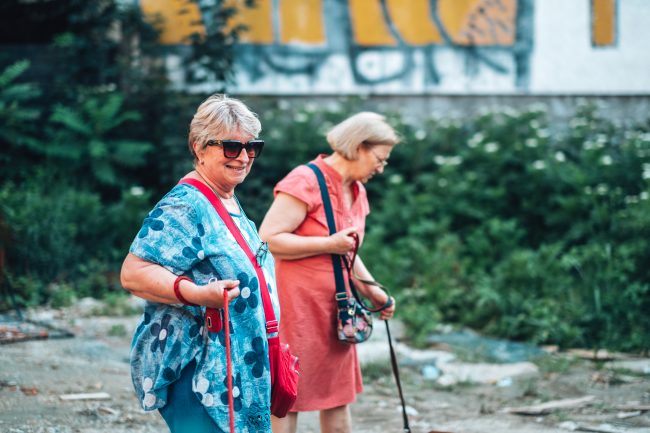
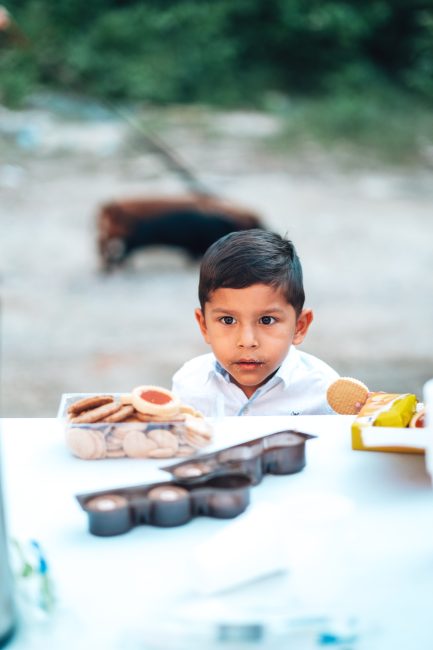
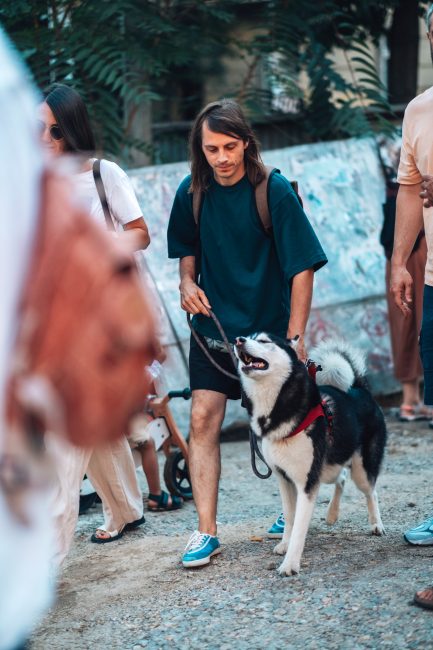
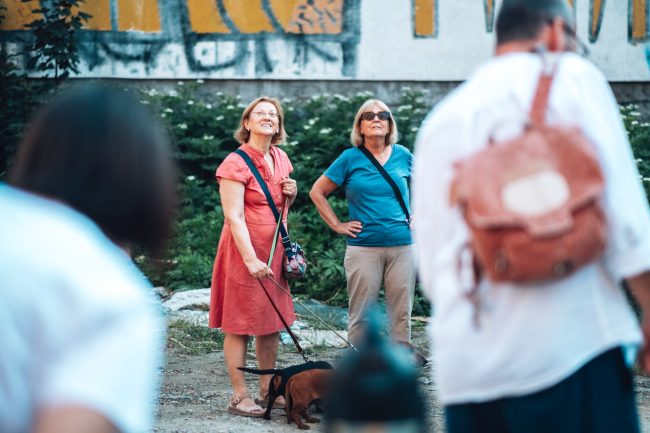
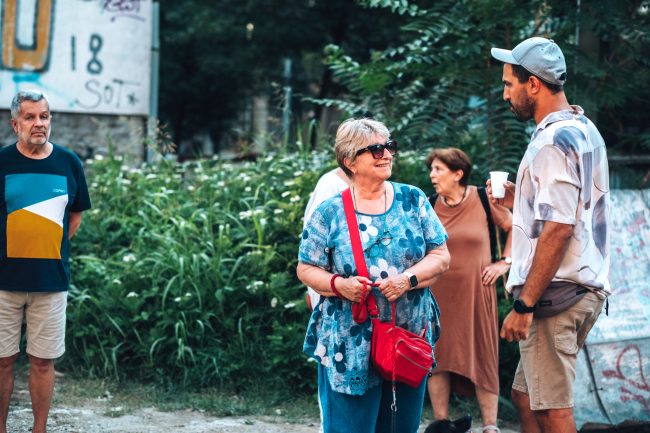
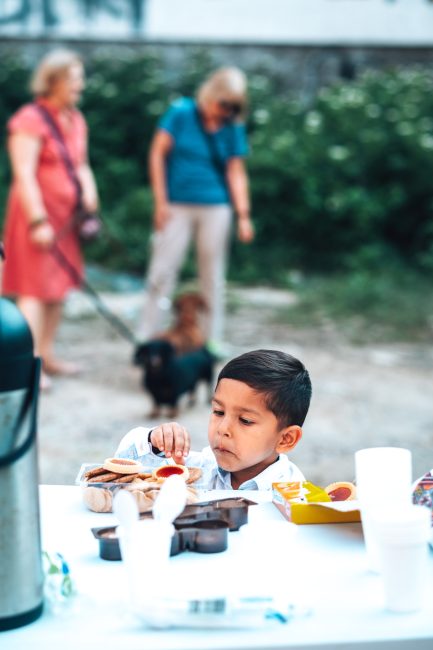
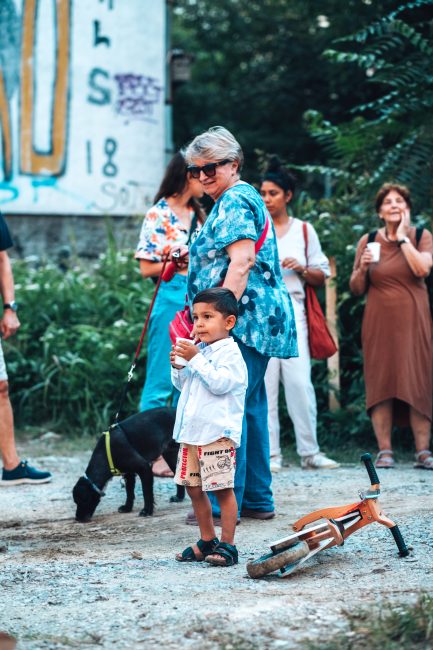
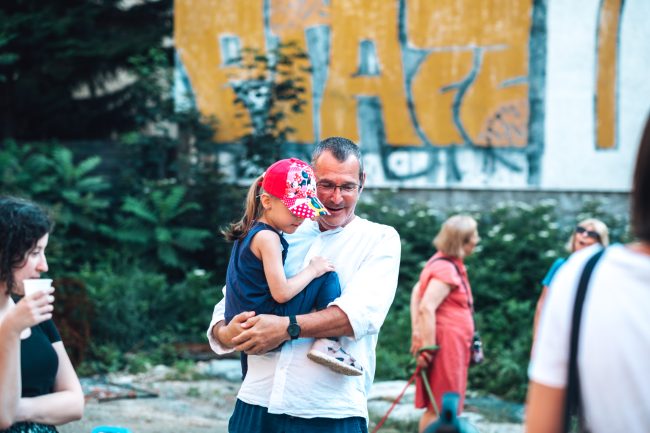
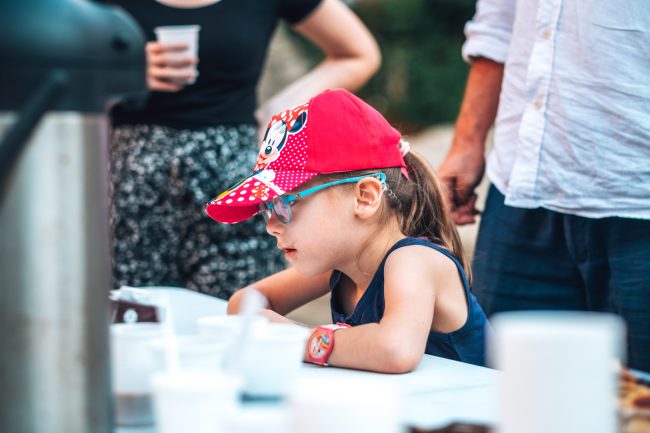
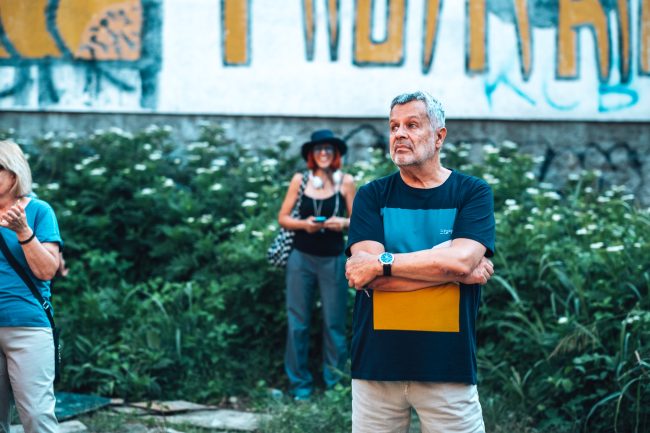
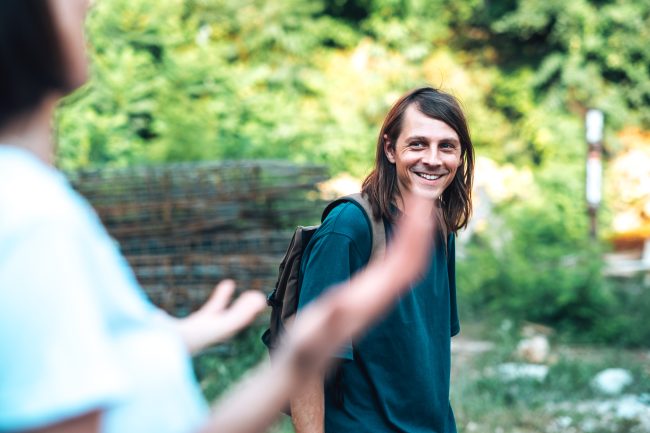
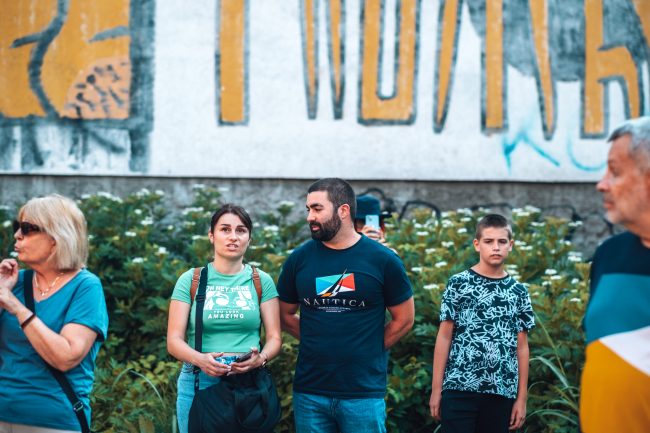
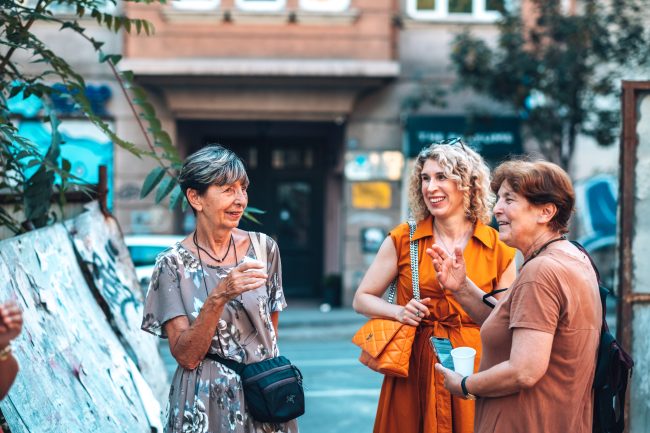
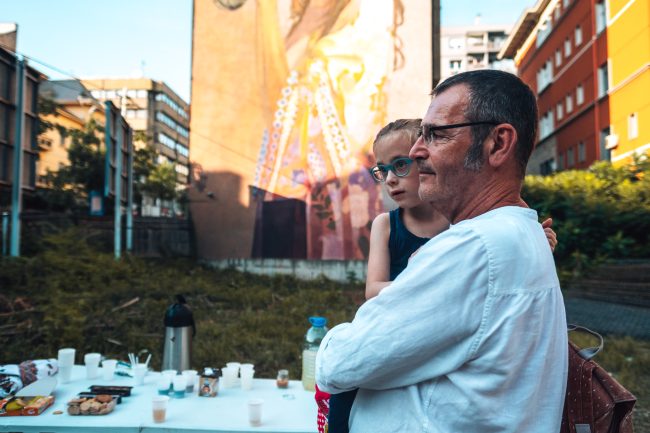
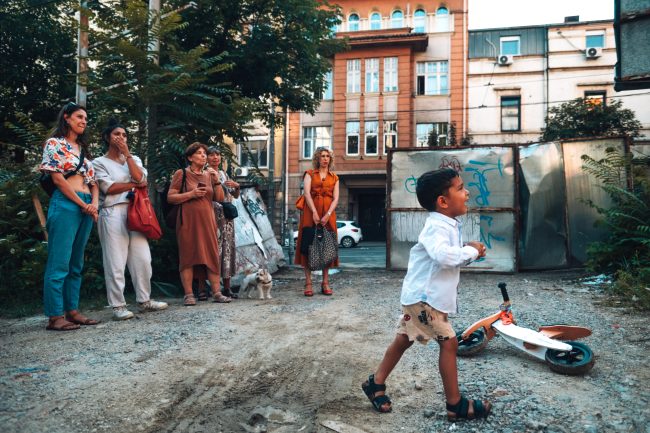
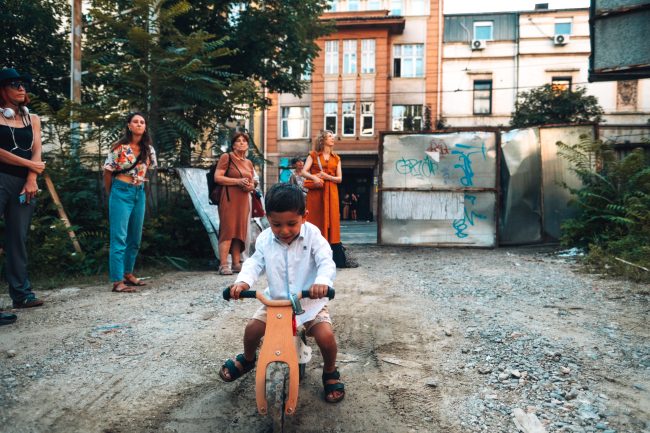
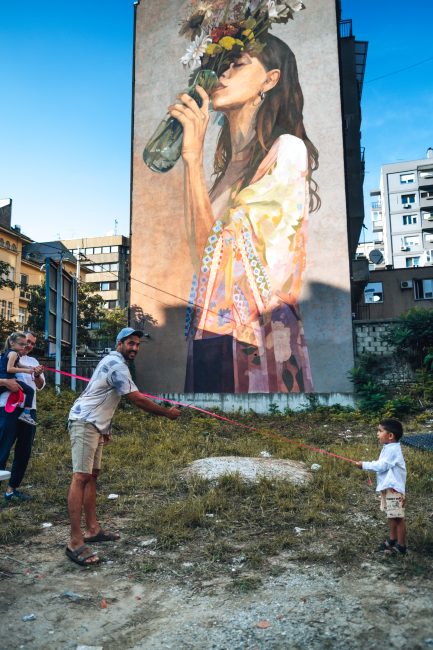
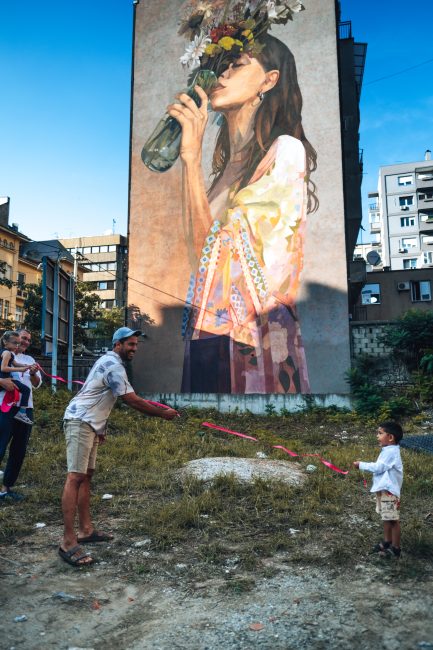
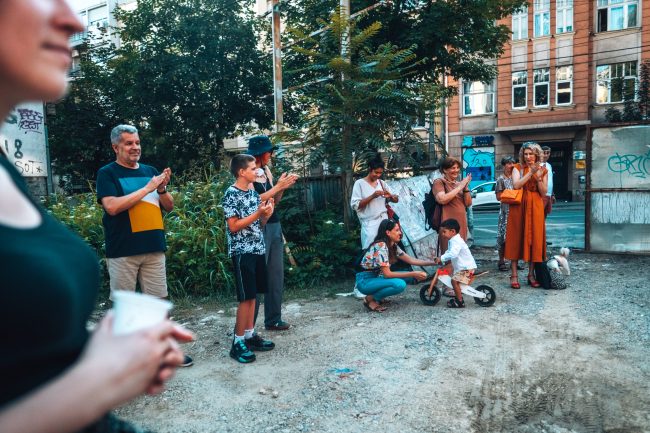
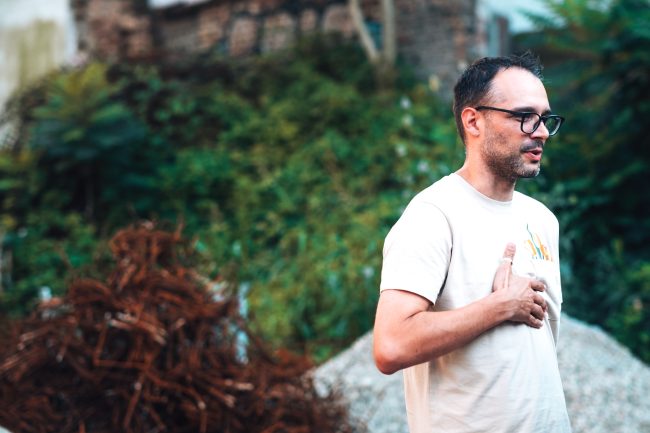
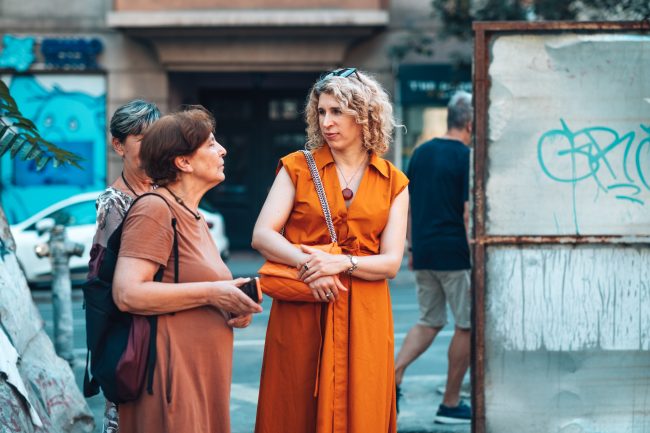
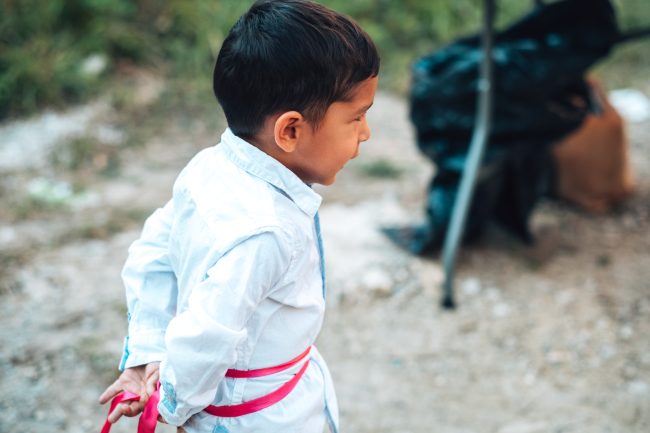
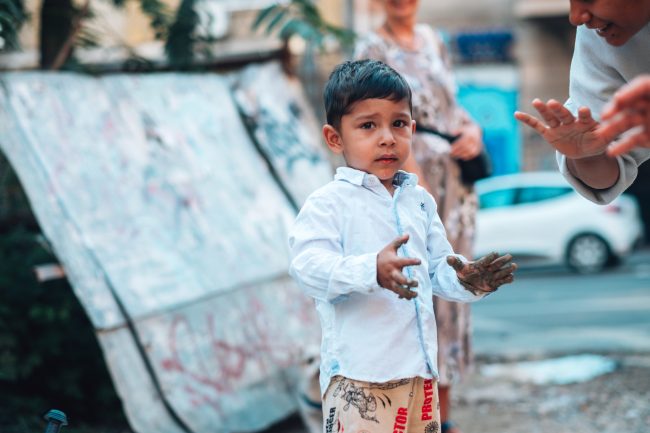
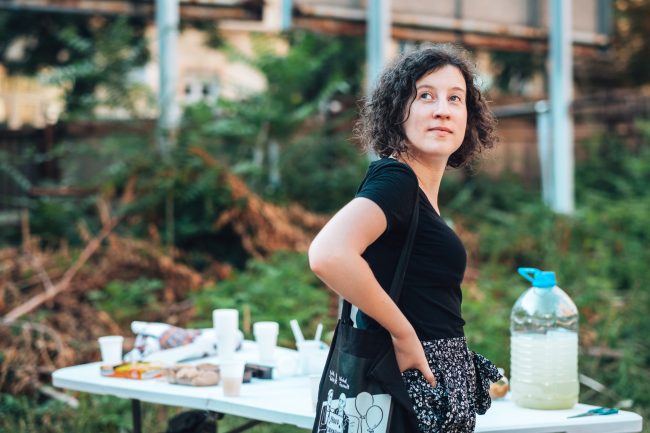
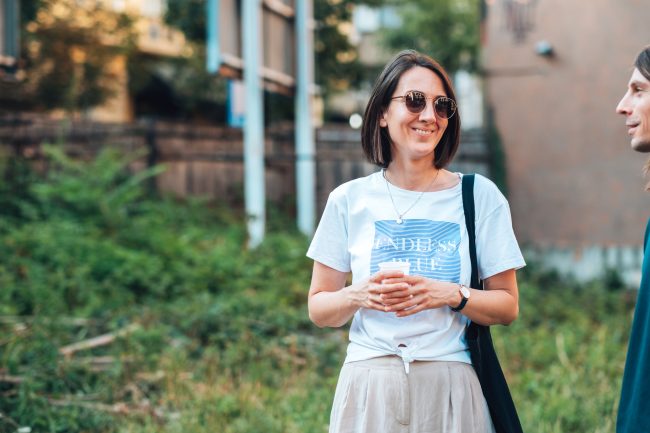
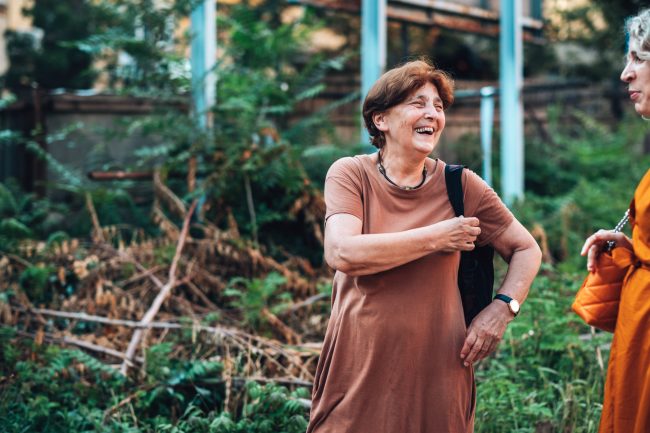
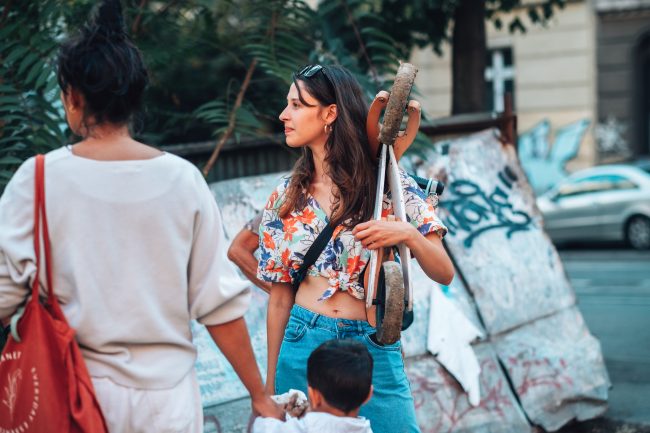
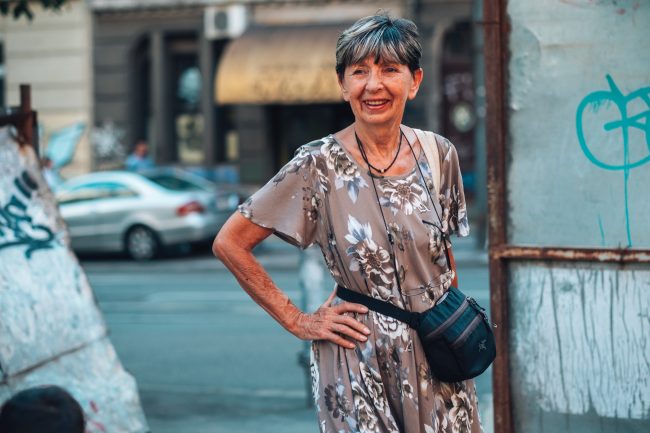
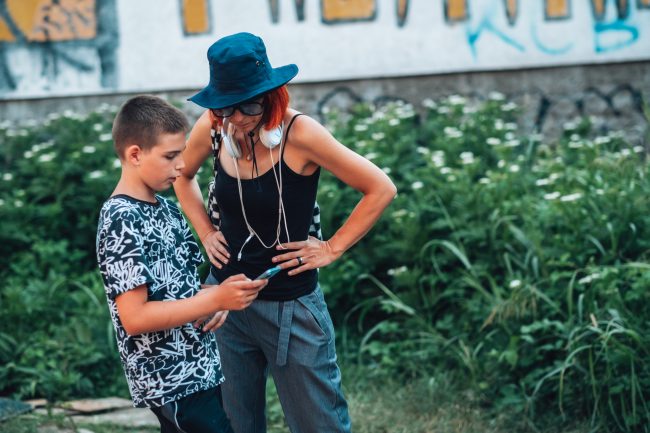
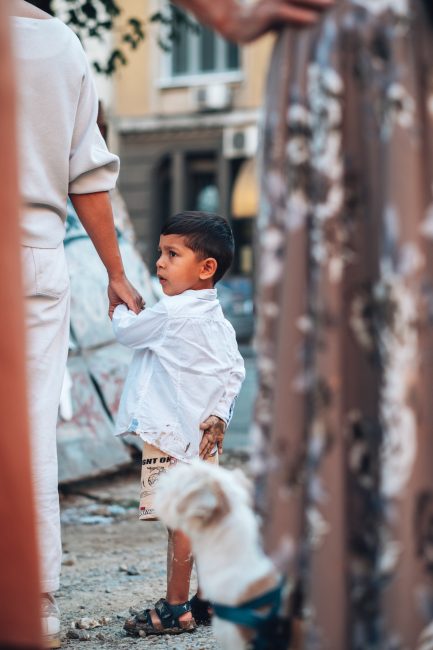
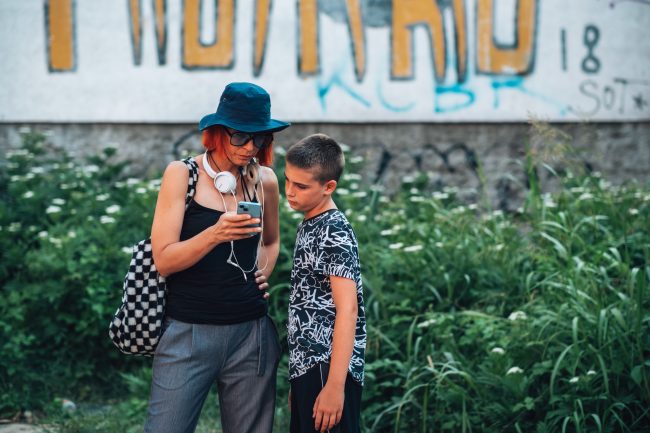
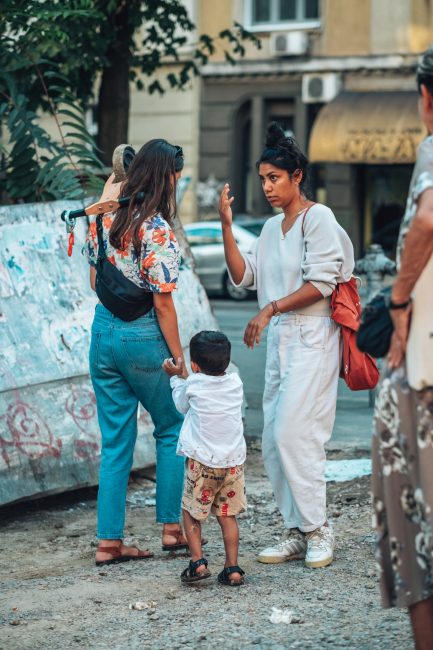
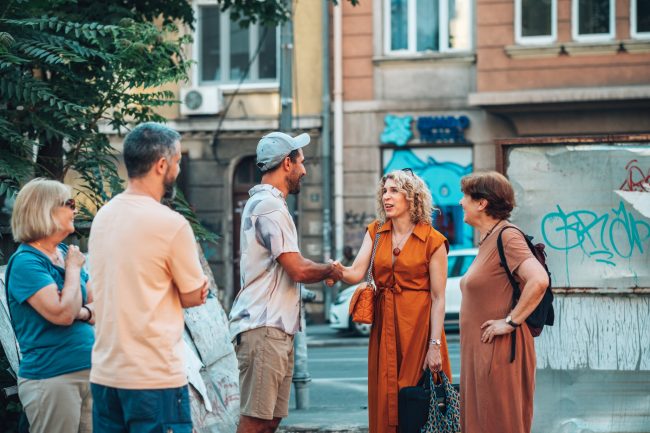
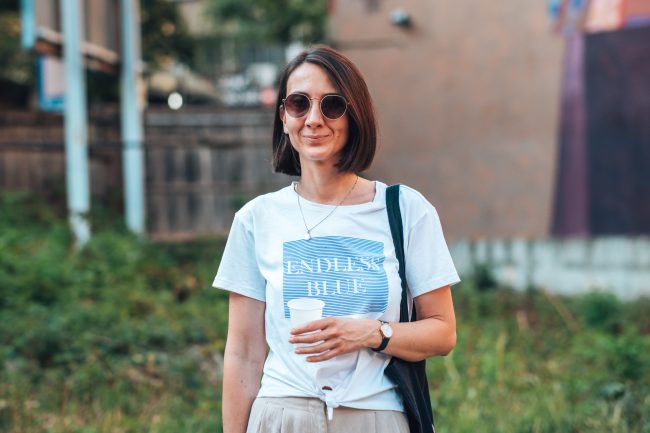
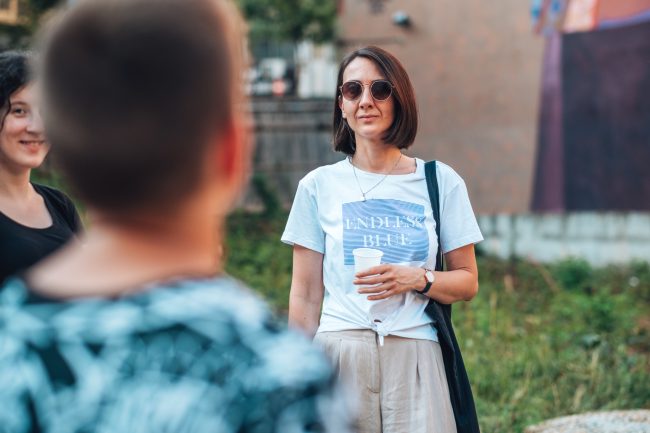
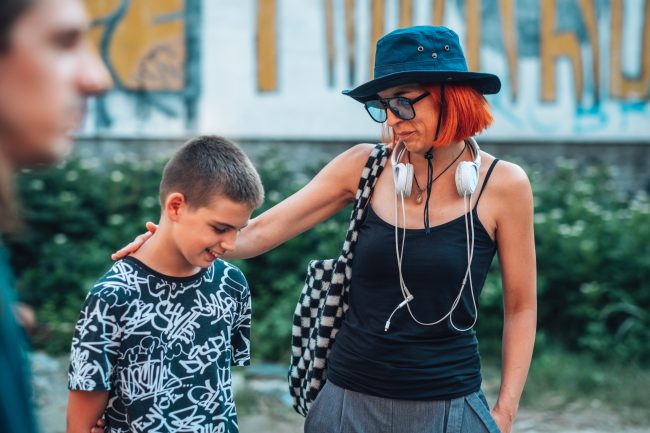
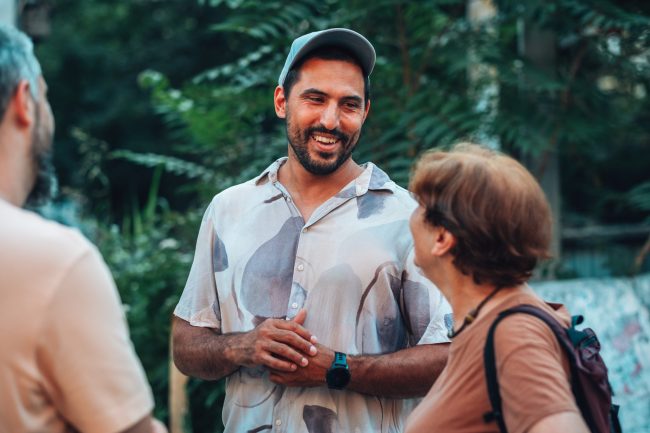
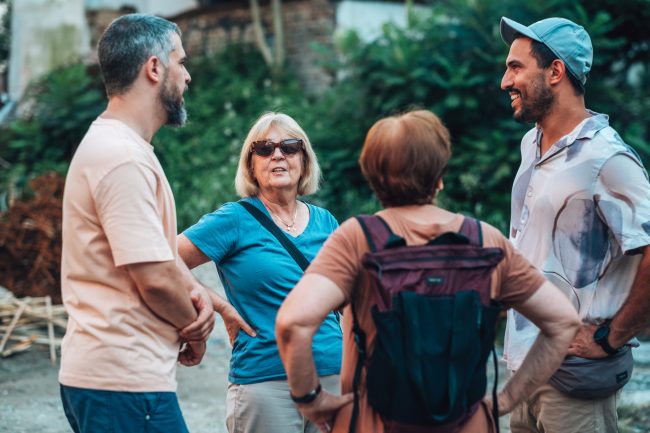
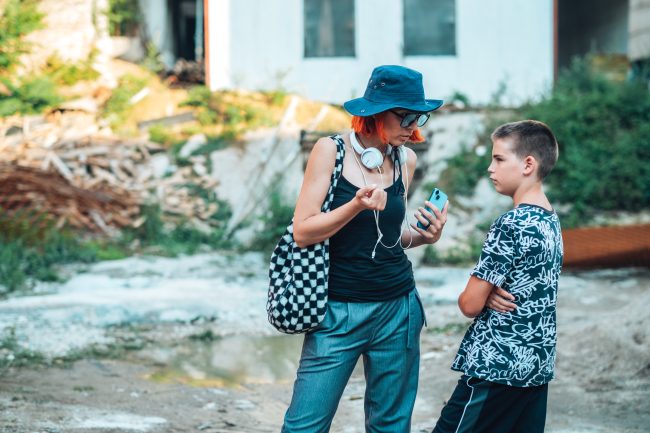
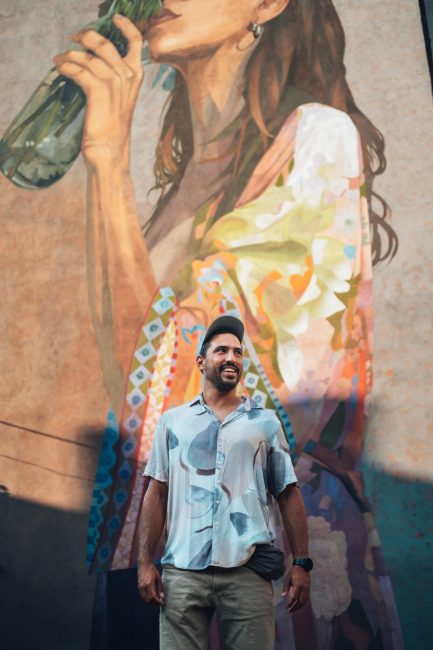
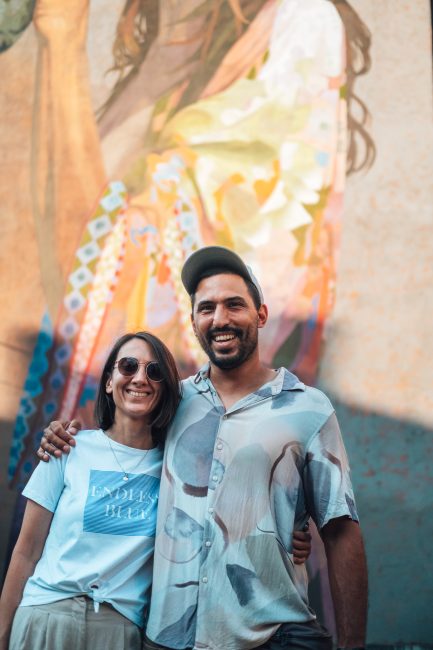
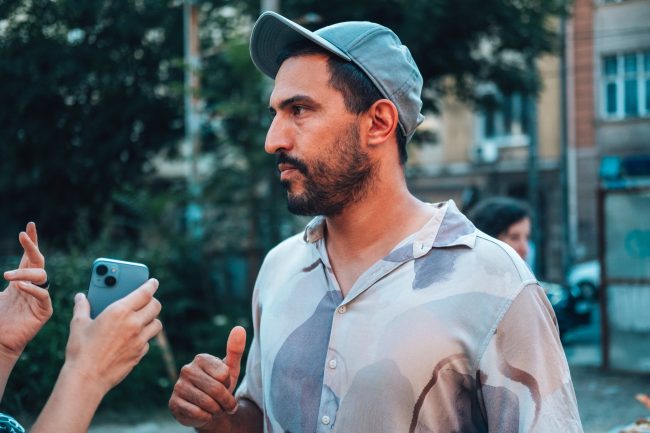



Sorry, the comment form is closed at this time.